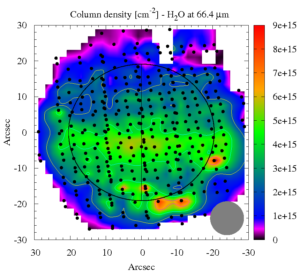| Title | Telescope | Type | Role |
| Jupiter System | JWST | ERS | Science Team |
| Are the Enceladus geysers the source of Saturn’s water ? | ALMA | Cycle 5 | PI |
| Constraining Jupiter’s atmospheric chemistry and dynamics from H2O mapping in ALMA band 5 | ALMA | Cycle 5 | PI |
| The first direct measurement of Saturn’s stratospheric winds | ALMA | Cycle 5 | Co-I |
| Constraining the internal and external sources of CO in Saturn’s atmosphere | IRTF | Standard | Co-I |
| Constraining Jupiter’s atmospheric chemistry and dynamics from post-SL9 species mapping | ALMA | Cycle 4 | PI |
| HCN emission: a diagnostic of Enceladus cryovolcanic activity and torus dynamics | ALMA | Cycle 2 | Co-I |
| Probing the vertical structure of Saturn’s storm with ALMA | ALMA | Cycle 0 | PI |
| Water and related chemistry in the Solar System | Herschel | Guaranteed Time
Key Program |
Associate Scientist |
| Probing the temperature and chemistry of Saturn’s storm with Herschel | Herschel | Open Time | PI |
| Probing the Enceladus torus with Herschel | Herschel | Open Time | Co-I |
| Variability in Ice Giant Stratospheres: Implications for Radiative, Chemical and Dynamical Processes | Herschel | Open Time | Co-I |
| The spatial distribution of CO in Saturn | SMA | Standard | PI |
| Observation of an equatorial jet in the atmosphere of Jupiter | IRAM-30m | Standard | PI |
| The origin of CO in Saturn’s atmosphere | VLT | Short Program | Co-I |
| Jupiter’s stratospheric HCN, hydrocarbon and temperature fields | SOFIA | Cycle 3 | Co-I |
[social_warfare buttons=”Facebook”]
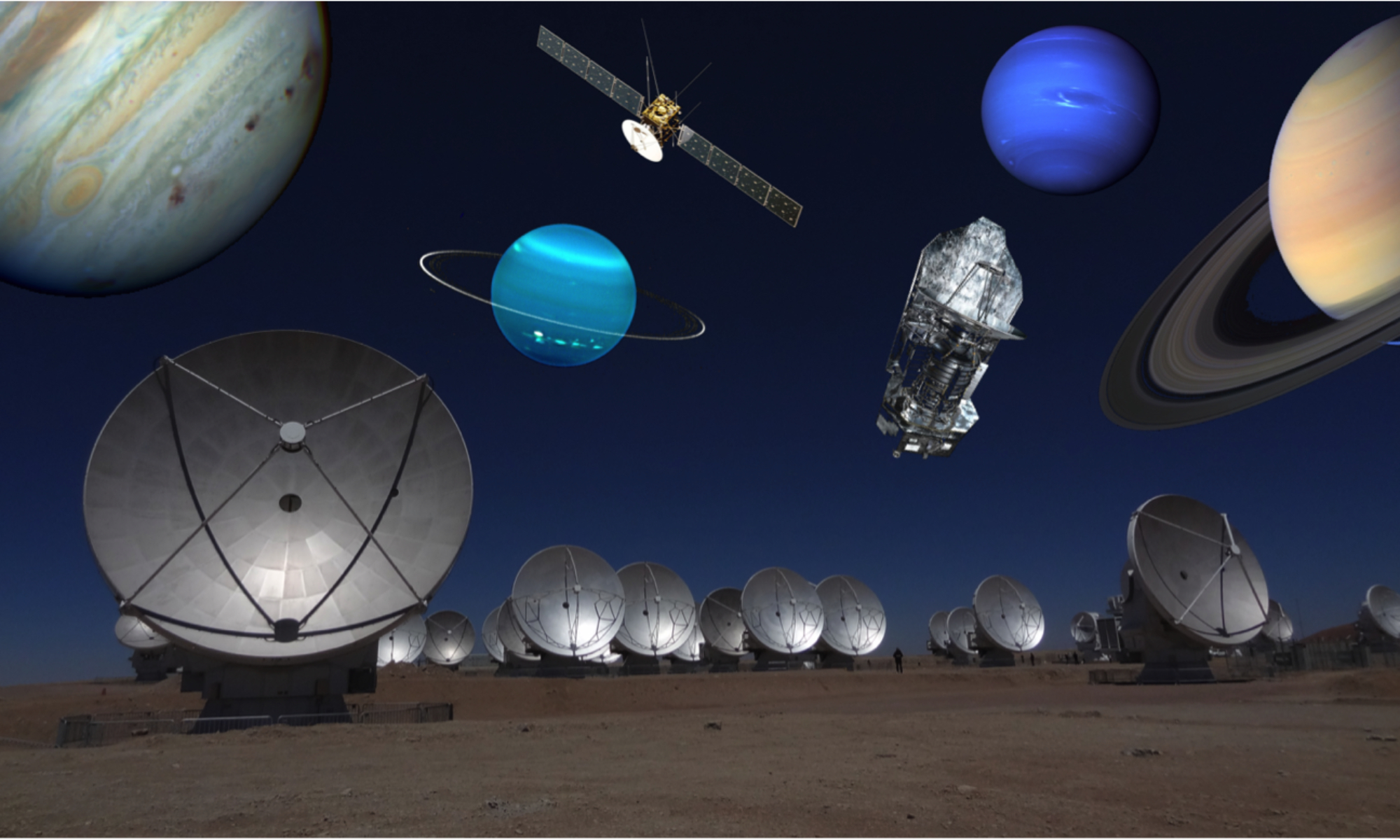
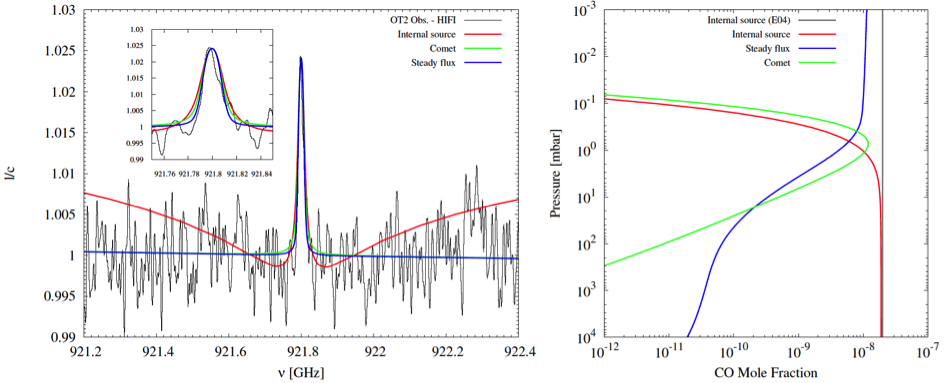
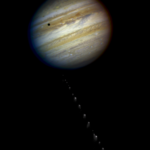 (le
(le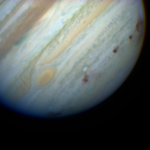 ft) Jupiter and comet Shoemaker-Levy 9 fragments. (right) scars in Jupiter’s atmosphere caused by the comet impacts.
ft) Jupiter and comet Shoemaker-Levy 9 fragments. (right) scars in Jupiter’s atmosphere caused by the comet impacts.